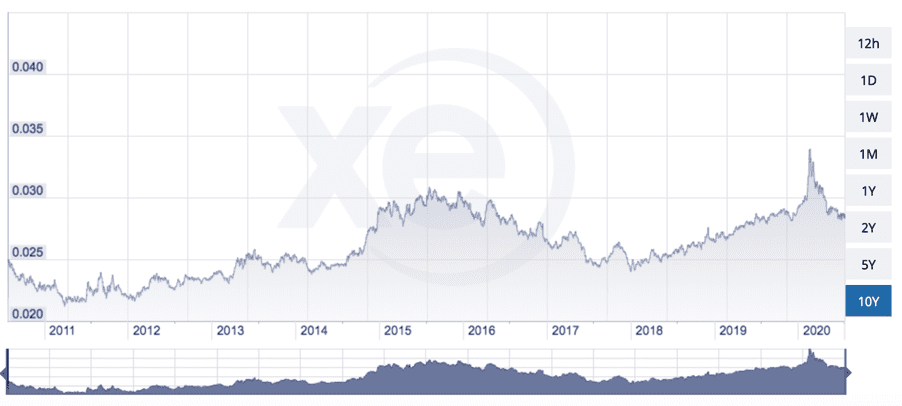ONCE one of northern Australia’s largest markets for live cattle, the Philippines appeared to be on track to re-emerge as a larger buyer of Australian cattle at the start of this year.
In the first few months of 2020 a local shortage of protein created by the African Swine Fever outbreak was driving cattle prices in the country to sky high levels, and a strong Philippines Peso relative to the Australian dollar was adding to the buying power of importers to acquire feeder cattle.
But then COVID-19 happened, and the Philippines became one of the most heavily impacted countries in Asia.
The Philippines economy posted its biggest-ever quarterly plunge in April-July, pushing the nation of 110 million people into recession for the first time in 29 years.
It has been a significant setback for a re-emerging market where the two major importers operate closed-loop systems and where animals are processed in abattoirs using stunning.
The success of breeder projects developed with Australian cattle in the 1980s and 90s is now evident in the quality of cattle in the Philippines domestic herd, which is also due to the investment in improving animal husbandry methods as part of importing programs. These animal husbandry programs were largely resourced by MLA’s predecessor the AMLC, along with the NT and Qld Governments.
As a developing country with limited oil and mineral resources the Philippines is reliant on a sustainable agricultural industry to underpin its economy.
Local and imported cattle provide added value from the by-products that are available, while the cattle feeding industry also employs large number of locals directly and indirectly.
Australia exported its first cattle to the Philippines in 1910. The market operated on and off over ensuing decades, before reaching a peak in the 1990s when it bought over 200,000 Australian cattle a year.
However fierce competition beef from the introduction of cheap frozen Indian buffalo meat and Brazilian beef, the Asian economic slowdown in the late 1990s and the increased value of the Australian dollar saw the trade reduce to only a fraction of what it was.
In recent years improving economic conditions in the Philippines fuelled some growth in Australia’s cattle exports to the country to 18,060 head last year, up from 12,361 in 2018 and just 3543 in 2017.
While COVID-19 has impacted the trade, shipments have not fallen away as much as might have been expected this year.
9324 head has been shipped to the market from January to July, only about 2000 below the corresponding period of 2019.
A point of difference for the market this year has been its emergence as an outlet for northern feeder cows, which have some condition but not enough to be suitable for processing in Australia, to supply fresh beef in the Philippines for both the wet market and higher-quality supermarket trade.
Further east and south heavy cows suitable for slaughter are currently fetching top dollar in Australia, with retired breeders returning in the vicinity of $1750 per head on current pricing.
The Philippines is regarded as a highly price-sensitive market but the price for lighter cows in the NT is nowhere near that of Queensland or further south due to the significant transport distances to works.
Prices for export feeder cows are said to be in the 220-230c/kg liveweight range in Darwin, well below the 360-370c/kg prevailing rate for export feeder steers.
While still small the Philippines is providing an alternate local outlet for retired breeders in the north, alongside the small Batchelor abattoir which re-opened in December last year.
The recently-constructed feedlot developments in the Philippines have created the infrastructure to support a larger volume of trade to the country in future, but that the potential to grow exports to the market will hinge on how long the country’s economy recovery from the ongoing coronavirus pandemic takes.


